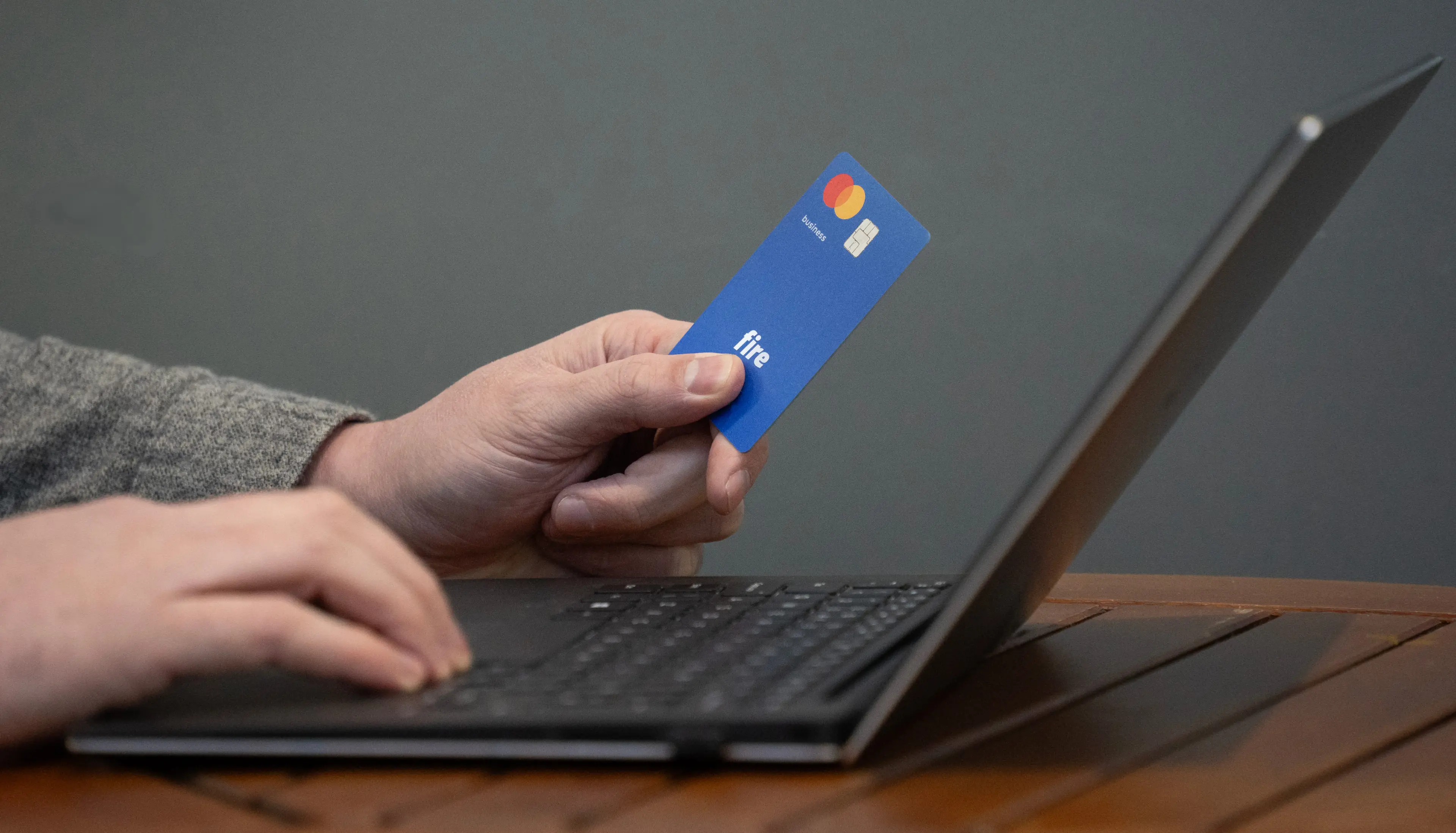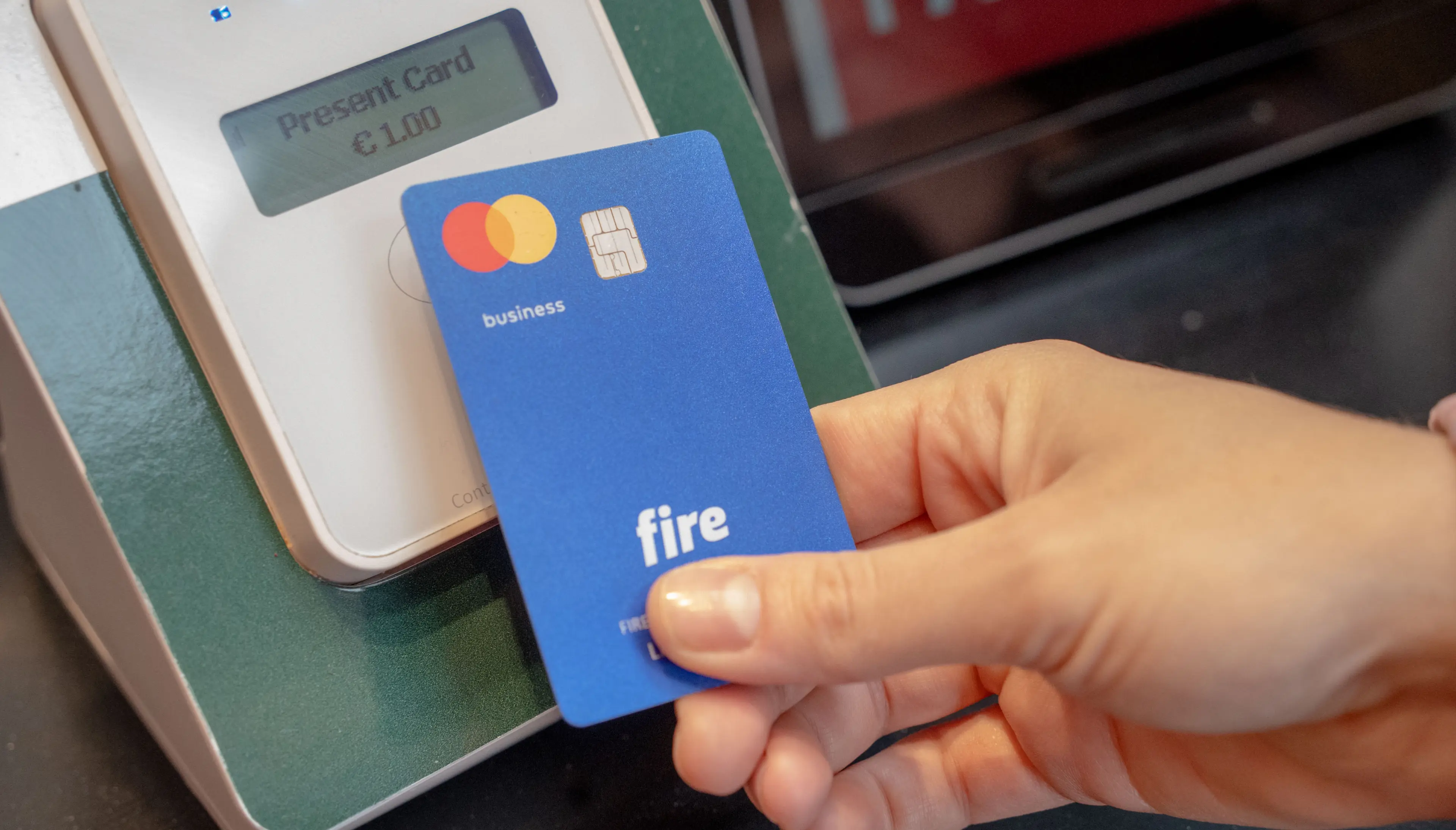Marketplace payouts to third parties: Key considerations for payment acquirers

Article snapshot
This article explores the challenges acquirers face in handling marketplace payouts and how payment providers can help automate third-party transactions, reducing risk, improving efficiency, and ensuring compliance.
Addressing the regulatory, operational and technical complexities of managing marketplace payout solutions in multi-seller environments.
–
Marketplaces are digital platforms that connect buyers with third-party sellers to facilitate the exchange of goods and services. As we move into the digital age, technology platforms serve as intermediaries, enabling sellers to reach a broader market of buyers while also offering value-added services like shipping, returns, reviews, secure messaging, advertising, and dispute resolution, providing the infrastructure needed to support buyers and sellers at scale.
A key function of marketplaces is processing payments and receiving settlement proceeds on behalf of sellers. To do this, the platform contracts with an acquirer and acts as the merchant of record, not the individual sellers or retailers. The marketplace manages the primary customer experience, issues receipts, manages refunds, and handles disputes, even when a single transaction involves multiple sellers. Because of this model, acquirers often group marketplaces with payment facilitators.
The acquiring relationship is central to how a marketplace connects buyers and sellers and ensures the seamless transfer of funds. Without acquirers, marketplaces would face significant challenges in providing payment infrastructure, managing risk, complying with regulations, handling disputes, and supporting the range of payment methods needed to serve diverse customer bases. In essence, acquirers provide the financial backbone of a marketplace, enabling it to scale, operate securely, and deliver a smooth transaction experience for all parties involved.
Traditional acquiring models are designed to connect many buyers to a single seller. Marketplaces, however, involve transactions between many buyers and many sellers, introducing added complexity and risk. These factors make it difficult for acquirers to offer marketplace payout solutions that are both effective and competitive. While the opportunity to attract new clients and grow processing volumes is significant, many acquirers remain hesitant due to the operational and regulatory intricacies involved.
One of an acquirer’s core responsibilities is ensuring compliance with scheme rules, such as those set by Visa® and Mastercard®. When an acquirer onboards a marketplace, they assume responsibility for any actions, omissions, or adverse conditions caused by the marketplace and its sponsored sellers. This added complexity further underscores the need for effective marketplace payout solutions to mitigate risks and ensure compliance. In this article, we explore the challenges acquirers face in handling marketplace payouts and how payment providers can automate third-party transactions, reducing risk, improving efficiency, and ensuring compliance.

What are the challenges of marketplace payouts for acquirers?
Marketplace payouts introduce unique complexities for acquirers, requiring a balance between managing risk, complying with regulations, and handling multi-party transactions. As marketplaces scale, traditional acquirer infrastructure often struggles to meet these demands, creating challenges for both acquirers and platforms.
Risk and compliance requirements
Acquirers are responsible for managing risk and ensuring compliance with regulations set by both regulators and card schemes. As marketplaces add a layer between the acquirer and the end merchant (or seller), acquirers must implement strict monitoring policies and due diligence before onboarding a marketplace.
To meet stringent Anti-Money Laundering (AML), Know Your Client (KYC), and other regulatory requirements, acquirers need to conduct enhanced due diligence on the marketplace. This ensures the acquirer is comfortable with the following factors:
Sub-merchant clarity
Marketplaces often aggregate multiple sellers, so acquirers need visibility into each seller and their products. It’s crucial for the marketplace to disclose all sub-merchants and perform due diligence to ensure compliance. Additionally, acquirers must confirm that prohibited business types are not selling on the platform, either directly or under a different Merchant Category Code (MCC) without disclosure.
Split payments and flow of funds
Acquirers must review how payments are split and settled. If managed settlement is not offered by the acquirer, it’s important to understand whether the marketplace acts as the merchant of record or as a facilitator. Acquirers also need to clarify the timing and control over funds, how they are distributed, and how long they are held.
Platform agreement review
Acquirers should thoroughly review the marketplace’s terms of service to ensure compliance with card brand rules. They must also ensure that the agreement includes proper liability clauses for fraud, chargebacks, and regulatory violations.
Why can’t legacy acquiring models support marketplace payout solutions?
Traditional acquiring infrastructure was built to support transactions between multiple buyers and a single seller. This model breaks down in a marketplace environment, where payments must be split across multiple third-party sellers.
In these multi-party scenarios, acquirers often lack the in-house functionality to manage payouts directly. As a result, they typically rely on marketplaces to assume responsibility for the risk and operational complexity of fund distribution. Without access to managed marketplace payout solutions, acquirers find it difficult to scale their marketplace offerings effectively or competitively.
The hidden cost of manual marketplace payouts
Relying on the marketplace to manage payouts increases operational risk and places a significant development burden on the platform. Without access to automated marketplace payout solutions, marketplaces must build and maintain their own payout infrastructure, often leading to inefficiencies, delays, and compliance gaps.
Seamless and compliant payout solutions require deep integration with internal systems. In the absence of such solutions, acquirers may lose competitive ground, as marketplaces opt for providers offering built-in settlement capabilities, even at a higher cost.
The challenges and inefficiencies of manual third-party payouts
Manual third-party payouts may initially seem like a manageable option for marketplaces, but as these platforms grow, the limitations of manual systems become increasingly apparent. From operational inefficiencies to heightened financial and regulatory risks, managing payouts without the right solutions can create significant challenges. In this section, we explore the key limitations that arise from manual payout processes and how they can impact a marketplace’s scalability, compliance, and seller satisfaction.
Scaling challenges with manual marketplace payout solutions
When third-party payouts are managed manually or through unintegrated systems, marketplaces face a range of limitations. Without automation, routine processes become resource-heavy, leading to payment delays, manual errors, and a capped operational capacity. These inefficiencies not only drain internal resources but also hinder the marketplace’s ability to scale effectively.
The compliance gap in manual disbursement models
When marketplace acquiring and payout functions are separated, the financial and regulatory risks increase. If acquirers outsource payout responsibilities to the marketplace, both parties must be clear on how risk is managed.
Acquirers need to ensure marketplaces comply with scheme rules and regulatory requirements, particularly around anti-money laundering (AML) and Know Your Customer (KYC) obligations. Meanwhile, marketplaces must also protect themselves from regulatory scrutiny by maintaining robust payout processes.
With an integrated marketplace payout solution, platforms can reduce risk, improve oversight, and shift responsibility away from internal teams, enabling a more compliant and efficient approach to third-party transactions.
How does manual payout management impact marketplace retention?
When marketplaces handle payouts themselves, it not only adds value for acquirers offering fully managed services but also increases the marketplace’s ability to switch payment providers seamlessly. This flexibility becomes crucial as businesses scale, enabling them to shift to new payment acceptance solutions without disrupting their payout capabilities.
Additionally, the manual management of payouts can lead to frustration and inefficiencies that negatively affect marketplace seller retention. A fully managed payout solution offers the transparency, speed, and reliability that sellers expect, making it easier for marketplaces to maintain a competitive edge.

Integrated payment solutions: A win for all stakeholders
By partnering with integrated payment providers, acquirers, marketplaces, and sellers can each unlock tangible benefits, from improved compliance and operational efficiency to faster payouts and better user experiences.
Acquirers
By integrating with an API-driven payout provider, acquirers can enhance their marketplace proposition with a fully managed, flexible, and compliant solution. This reduces the operational burden on marketplaces, supports regulatory alignment, and opens up new revenue opportunities through a more attractive, value-added service offering.
Marketplaces
An integrated payment solution enables marketplaces to automate payouts, reducing manual workloads and accelerating payment timelines. This not only improves operational efficiency but also allows marketplaces to scale without the need to expand back-office teams. By simplifying processes, they can focus on growth and user experience instead of managing complex payout operations.
Sellers
Sellers are drawn to platforms that offer speed, reliability, and transparency. Timely and predictable payouts help build trust, which is essential for seller retention and satisfaction. By working with marketplaces that use integrated payment providers, sellers benefit from faster access to funds and clearer visibility into earnings, which are key factors that support long-term engagement.
What’s next for marketplace payout solutions?
Automation and API-based systems are transforming how marketplaces manage money movement and enabling faster, more secure, and scalable marketplace payout solutions. As instant payment schemes like SEPA Instant become more widely adopted, API-accessible accounts are becoming a vital part of every marketplace’s technology stack.
Payment providers play a key role in supporting this evolution. By offering compliant, user-friendly, and integrated marketplace payout solutions, they help marketplaces streamline operations, reduce risk, and improve seller satisfaction.
–
At Fire, we support acquirers and marketplaces with flexible, API-first payment solutions built for scale. From automated third-party payouts to real-time visibility and compliance support, Fire helps platforms focus on growth and what they do best: connecting buyers and sellers through technology. Get in touch with our team or email us at sales@fire.com to learn more.






